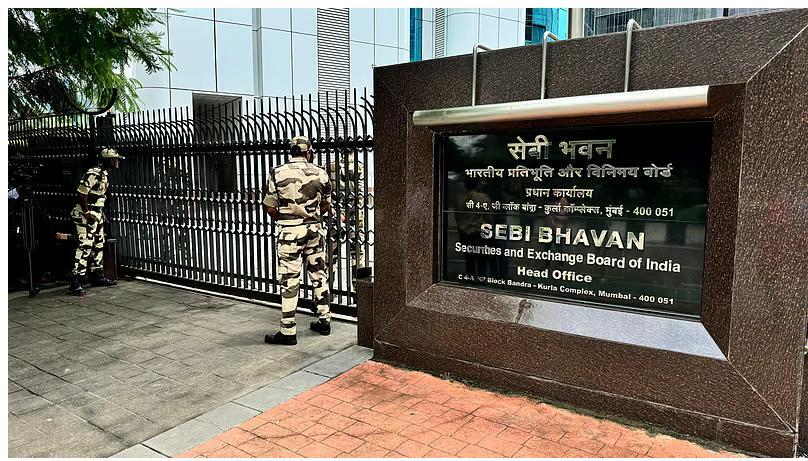
SEBI may discuss suitability test for retail F&O investors: Report
In a move aimed at protecting investors and promoting market standards, the Securities and Exchange Board of India (SEBI) may introduce a suitability test for retail investors who engage in futures and options (F&O) trading. According to a report by NDTV Profit, the Secondary Market Advisory Committee (SMAC) is likely to discuss the proposal, which would require retail investors to demonstrate their knowledge and financial capacity before participating in F&O trades.
The goal of this initiative is to ensure that only eligible traders engage in F&O, thereby curbing excessive volumes and reducing the risk of market volatility. This measure is part of SEBI’s broader efforts to improve investor protection and promote a healthy and transparent market.
As the Indian stock market continues to grow in popularity, F&O trading has become increasingly important. F&O allows investors to buy or sell financial instruments, such as stocks, indices, and commodities, at a specific price and date. However, this type of trading carries significant risks, and inexperienced investors may be tempted to engage in high-risk trades without fully understanding the consequences.
SEBI’s proposed suitability test aims to address this issue by assessing the knowledge and financial capacity of retail investors before allowing them to participate in F&O trading. The test would likely include a series of questions that would evaluate an investor’s understanding of F&O trading, market risks, and financial instruments. Investors who fail the test would be prevented from engaging in F&O trading, or would be required to undergo additional training or education before being allowed to participate.
The suitability test is not a new concept in the Indian financial market. SEBI has already implemented similar measures for other types of investments, such as mutual funds and insurance products. For example, investors who want to invest in mutual funds must fill out a risk assessment form, which helps to determine whether the investment is suitable for their risk profile.
By introducing a suitability test for F&O trading, SEBI is aiming to reduce the risk of market volatility and protect investors from themselves. Excessive volumes in F&O trading can lead to rapid price movements, making it difficult for investors to exit their positions. By limiting the number of investors who can participate in F&O trading, SEBI hopes to reduce the risk of market volatility and promote a more stable market.
In addition to the suitability test, SEBI has also taken other measures to promote investor protection and market stability. For example, the regulator has introduced stricter rules for margin trading, which requires investors to deposit a certain amount of money as collateral before engaging in F&O trades. SEBI has also increased the monitoring of F&O trading, allowing it to detect and respond to potential market irregularities more quickly.
While the proposed suitability test is likely to be welcomed by many investors, some may view it as an overreach by SEBI. Investors have the right to make their own investment decisions, and some may argue that a suitability test is unnecessary and restrictive.
However, proponents of the test argue that it is necessary to protect investors from themselves and to promote a healthy and transparent market. By ensuring that only eligible investors participate in F&O trading, SEBI can help to reduce the risk of market volatility and promote investor confidence.
In conclusion, SEBI’s proposed suitability test for retail F&O investors is a welcome move aimed at protecting investors and promoting market standards. By assessing the knowledge and financial capacity of retail investors before allowing them to participate in F&O trading, SEBI can help to reduce the risk of market volatility and promote a more stable market. While some investors may view the test as restrictive, proponents argue that it is necessary to protect investors from themselves and to promote a healthy and transparent market.
Source:





